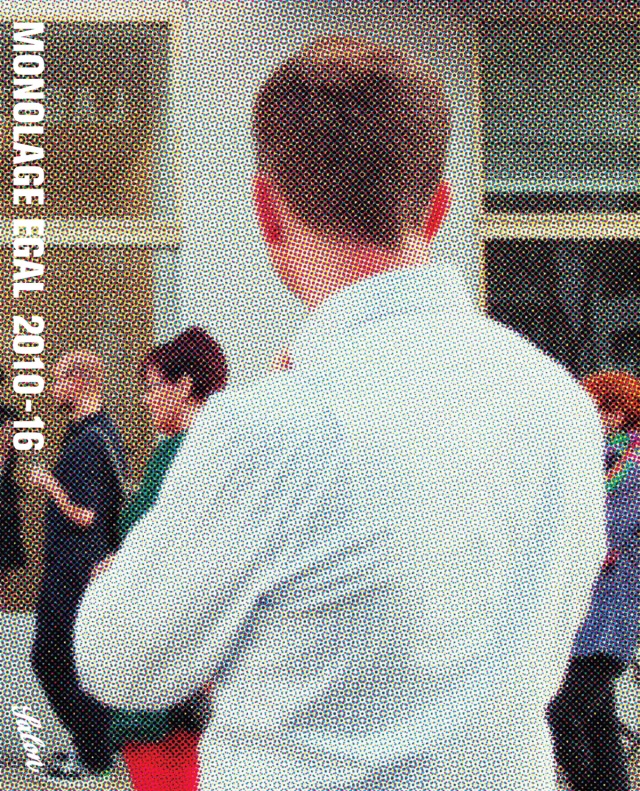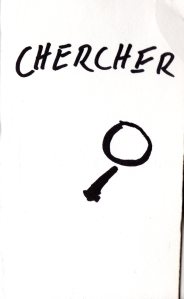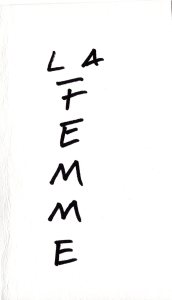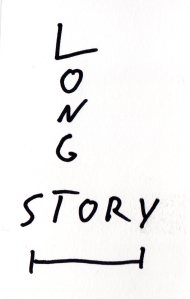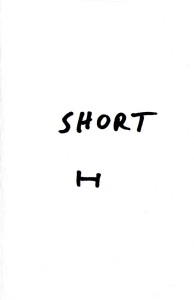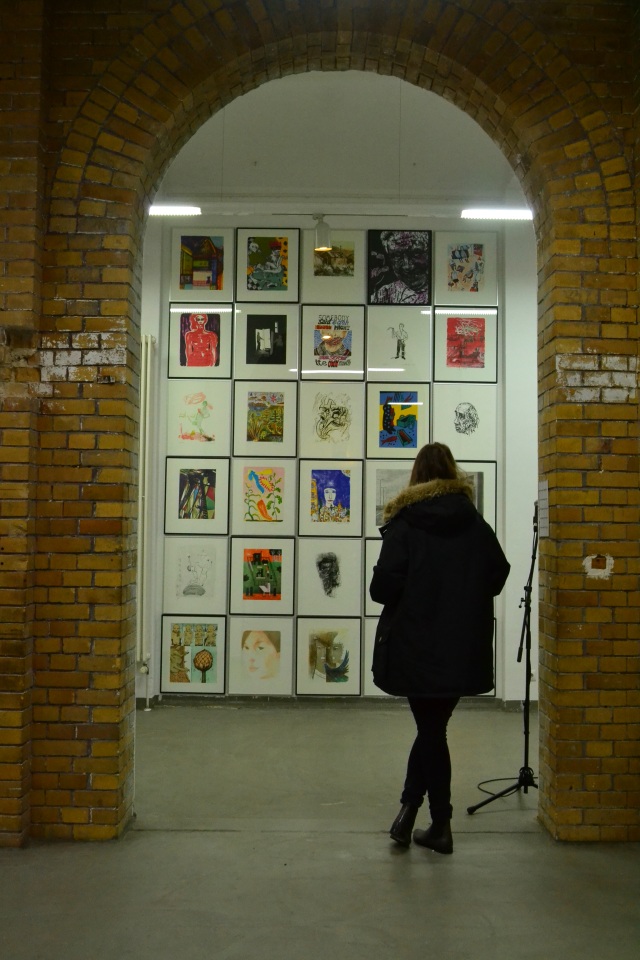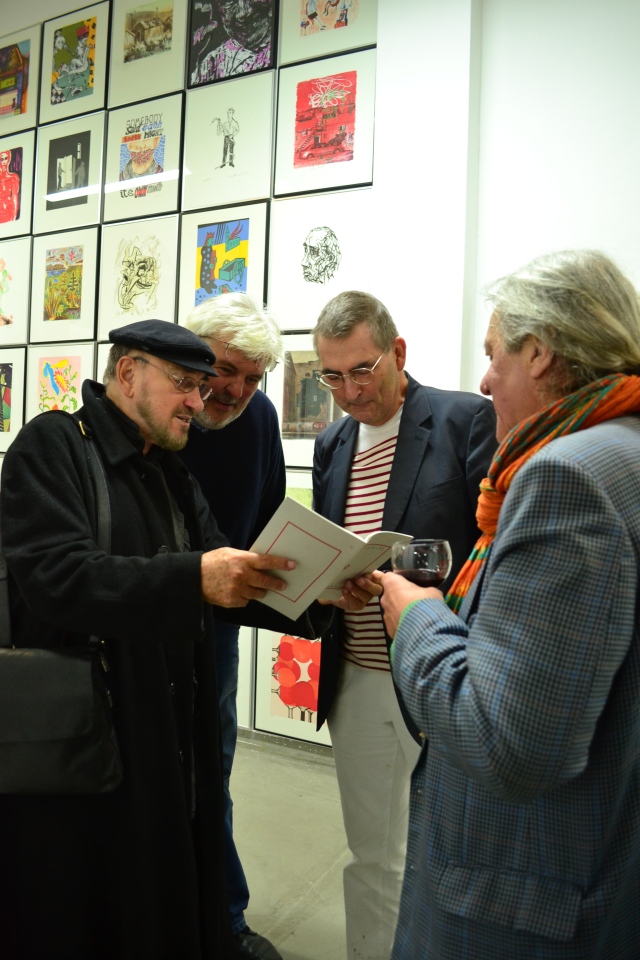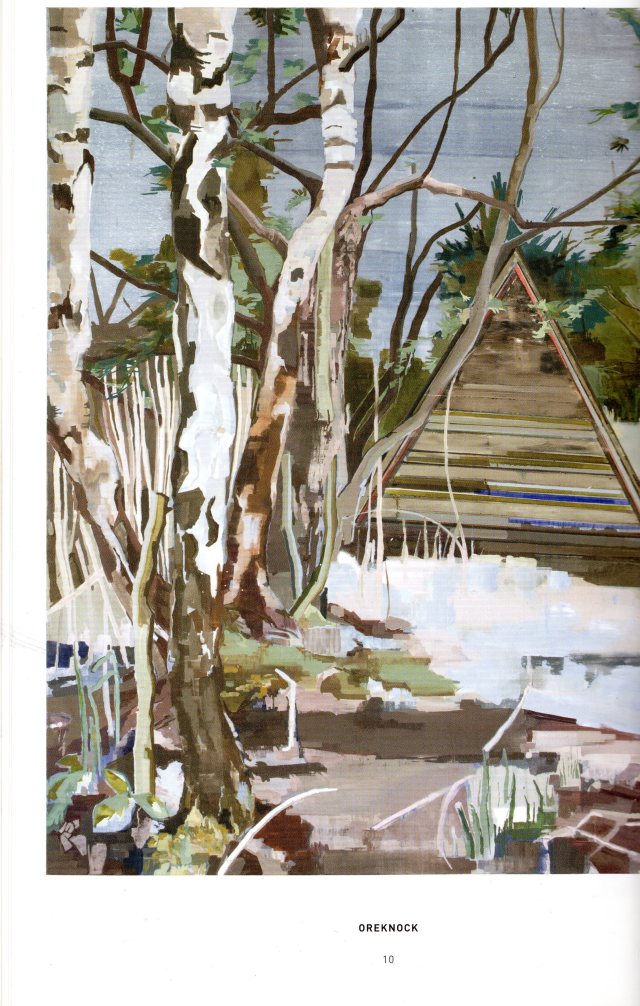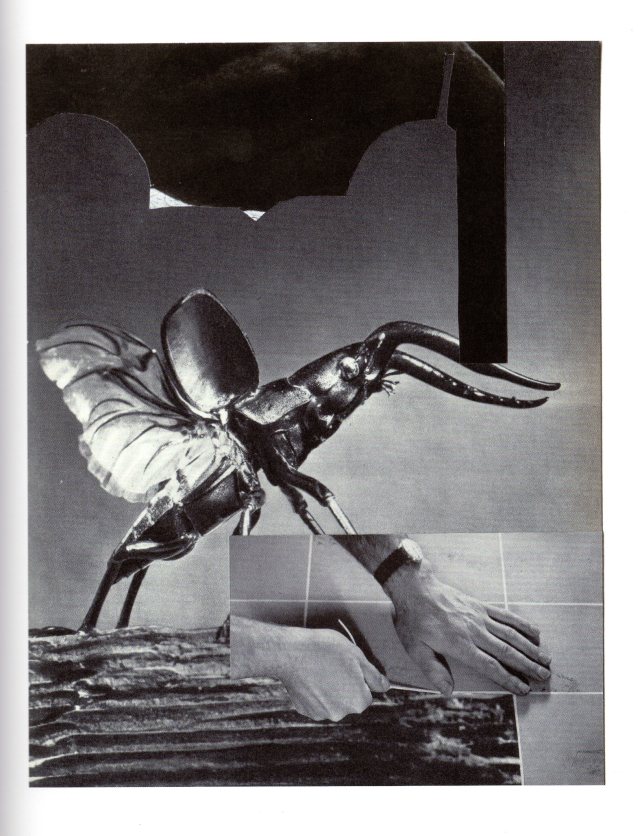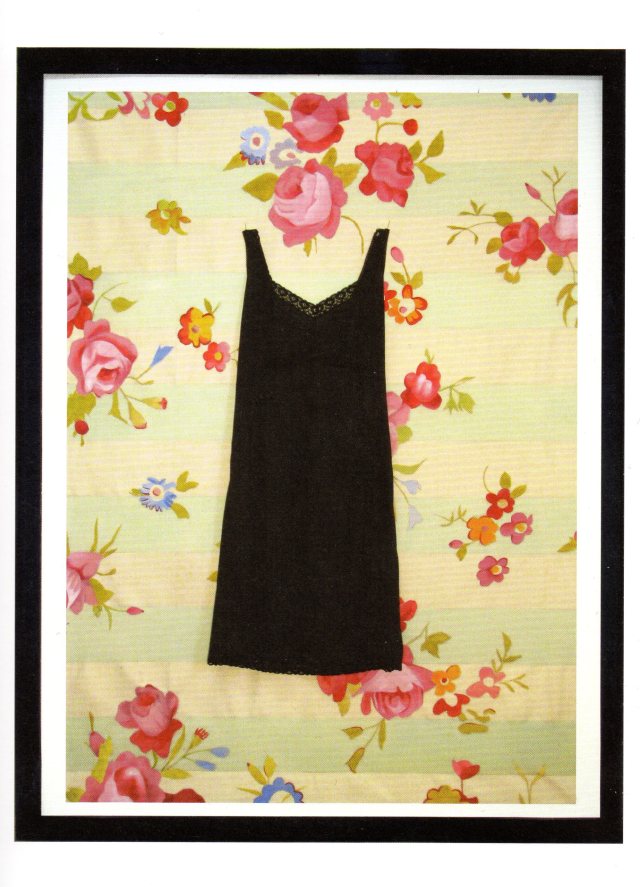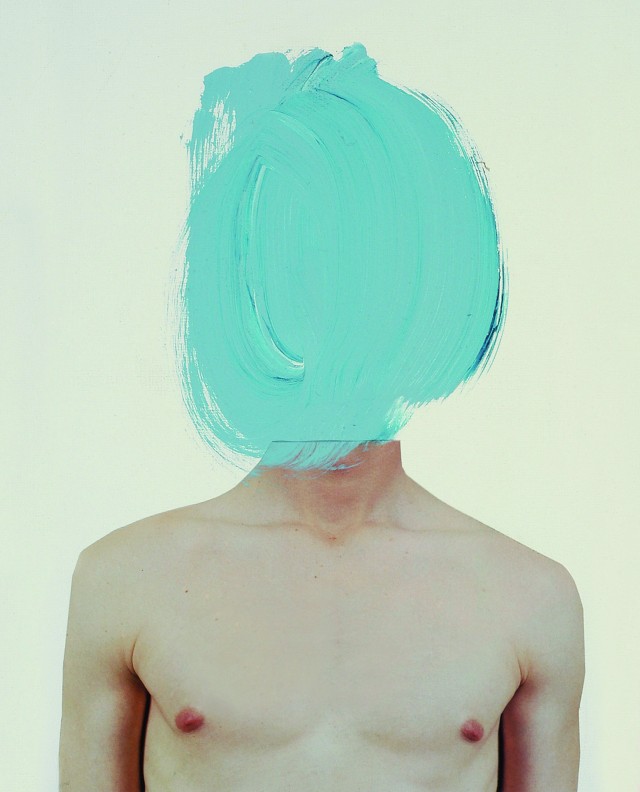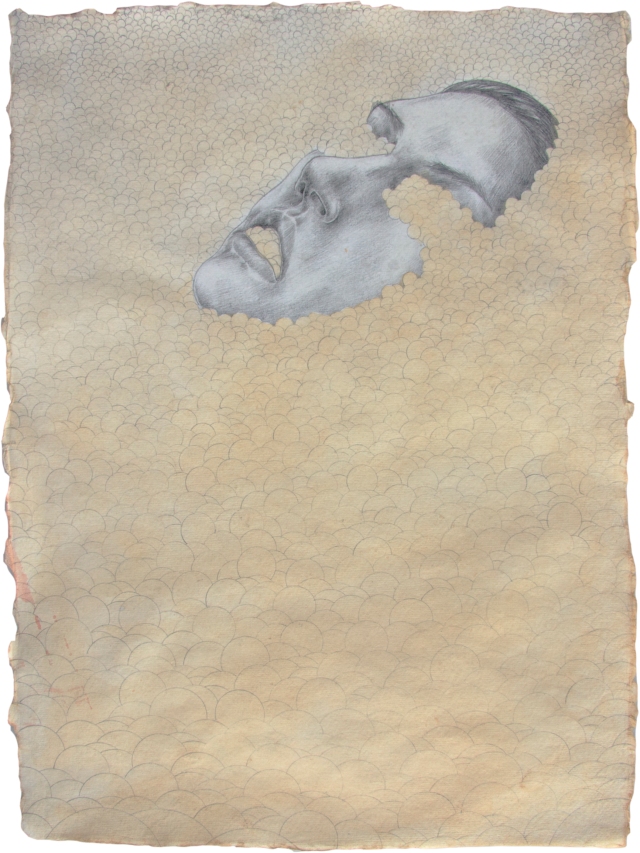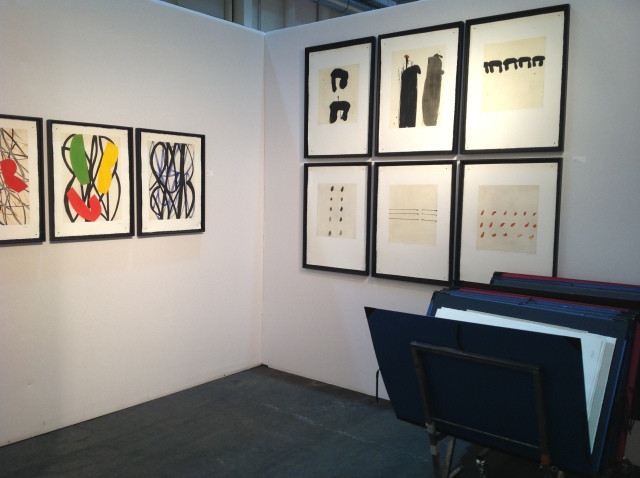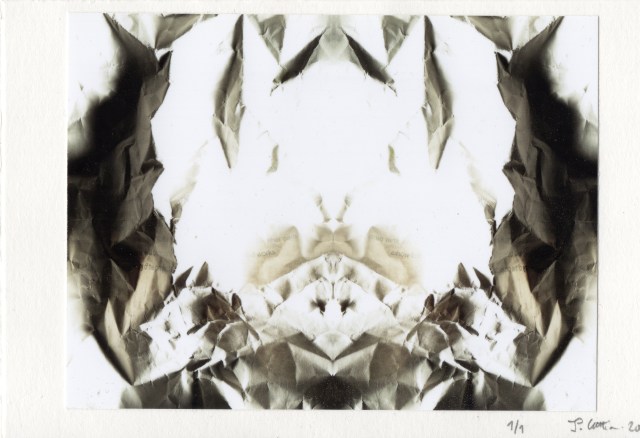First and Foremost, for Gods sake make it a Contemporary Art Weekend. The Galleries, especially the participating bunch that has this oeconomical edge to pay the fees, are not necessarily the providers of what is hot and what´s not. With a good advanced planning you should be able to make one of the gallery clusters on opening night. If you are doing Potsdamer or Augusstraße, always keep your eyes open. With that little luck you always need, you might make some interesting discoveries, something that is and has been rare even in Berlin.
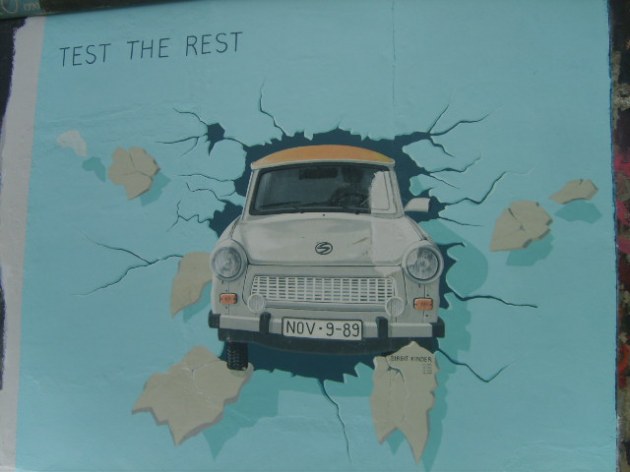
Starting early
Despite everything I just worte: there is a lot to do! So you should consider to start your Weekend on Wednesday with the opening of „Retreat into Darkness“ by croatian artist Ivana Franke at Schering Stiftung project space. Frankes work has developped into an analysis of conception and for this she collaborates with neuroscientists and creates amazing light-installations that are beautifull and discursive at the same time, asking about limits, borders and the phenomology of seeing.
Thursday evening its the good old Motto: Test the West! – and visit the art fair for contemporary drawings „Paper Positions“ inside the beautifully refurbished Bikini Berlin. Although art and shopping malls usually don´t really go together all that well, the great interior design of the Bikini mitigates this in a way. Still not great as a venue, don´t get me wrong, but allright and central enough. If you plan to buy an artwork while having a limited budget, here you might find some amazing possibilities that will even fit inside your flat or house (always difficult with giant installations and environments, right?).
Opening day marathon
Depending on your general constitution you can do so many openings this friday night, that you could hire an Uber for the whole night. But i recommend to show some restraint and just (which is still a lot) pick one of the clusters – Auguststraße, Markgrafen-/Lindenstraße, Potsdamer or all around Kreuzberg (from König in Alexandrinenstraße to Kwadrat to Nome Gallery, that has just moved its gallery space from Friedrichshain to Glogauer Straße). Because there is so much good stuff going on, I won´t get here much into Detail but rather give you Highlights.
Potsdamer Straße
Well, Supportico Lopez shows american artis Dara Friedman with „Dichter“ a four screen video installation of people reading poems that are dear to them and crossing them one over the other. From silence to cacophonic crescendo, this exhibition essentially deals with the idea of poetics and the closeness of this literary genre to visual arts. Afterwards you should visit the spaces alongside Potsdamer and don´t miss out on the exhibition „Zeitlaich“ by German painter Jonas Burgert at Blain Southern. A 22 meter long landscape painting. Wow. At least you have to see it, right? Also stop by at Jarmuschek and Partners in the same courtyard (that is anyway filled with galleries to the top) for Petra Lottjes video work „Timecode“.
Gallery House Lindenstraße and roundabout Markgrafenstraße
My advice: take your time with that house on Lindenstraße. For ten years now it is almost entirely occupied by a wide range of galleries and there is usually soemthing to discover for everyone on Gallery Weekend. My tips: Stanley Whitney at Niels Borch Jensen and ROBERT KuśMIROWSKI at Zak Branicka. After those two let your eyes guide you through the other exhibitions. Definitely a very compact way to start your evening out.
Heading over to Markgrafenstraße you should definitely stop by at Carlier Gebauer and their display of works by Thomas Schütte and swing around the building that houses quite a few galleries.
Good old Kreuzberg
Although up to today the heart of Kreuzberg around Moritzplatz and Oranienstraße has not been known to be especially dense with galleries, this is about to change. The Nome gallery just moved to Glogauer, ChertLuedde, formerly only Chert, moved in new spaces in Ritterstraße, showing a sexhibition by Kasia Fudakowski and Kwadrat is sitting pretty in Mateuffelstraße. This agglomeration of galleries is not as dense as in and around Potsdamer Straße, Auguststraße or even Lenden-/Markgrafenstraße. Which makes this one of the more interesting tours is the young profile of the galleries and their promotion of mostly emerging artists. Probably the best tour to discover new artists and galleries.
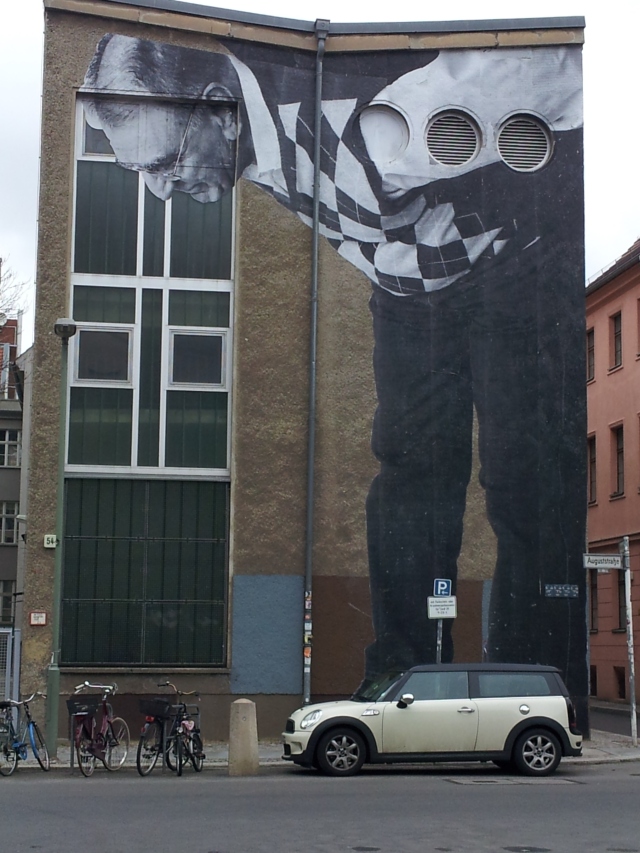
He must have lost something, Giant Wallpaper on a house in Linienstraße, Berlin
Saturday
Because you should be tired by now of all that comercial stuff, its time to set out to independent art spaces. If you have a car, grab your friends and drive out to Lentzke, a small village near Fehrbellin. Since last year this Brandenburg Weiler is home to the RAE Art Farm, or, as you might put it, an international exhibition space with artis residencies and all kinds of interesting ideas and developments. On this weekend they pair up contemporary art with old cars. Classic, right? Also curated to fit, naturally.
If you are not as mobile, head out to Berlin Schöneweide. The Reinbekhallen will host „if this, then that“. Curated by Pierre Granoux this show not only puts Schöneweide on the map this year, it also brings together an interesting body of artists contemplating the idea of causality. And how causality sometimes looks in contemporary art we know very well since Fischli/Weiss Video work „the way things go“.
Sunday
If you are still not totally exhausted (well you definitely did something wrong, didn´t you now?), than sunday is 100 Days of Trump special at Haubrok Foundation in Lichtenberg. The Fahrbereitschaft is always a great sunday art retreat, this time paired with the exhibition „collected attributes“ and a Santiago Sierra film screening.

